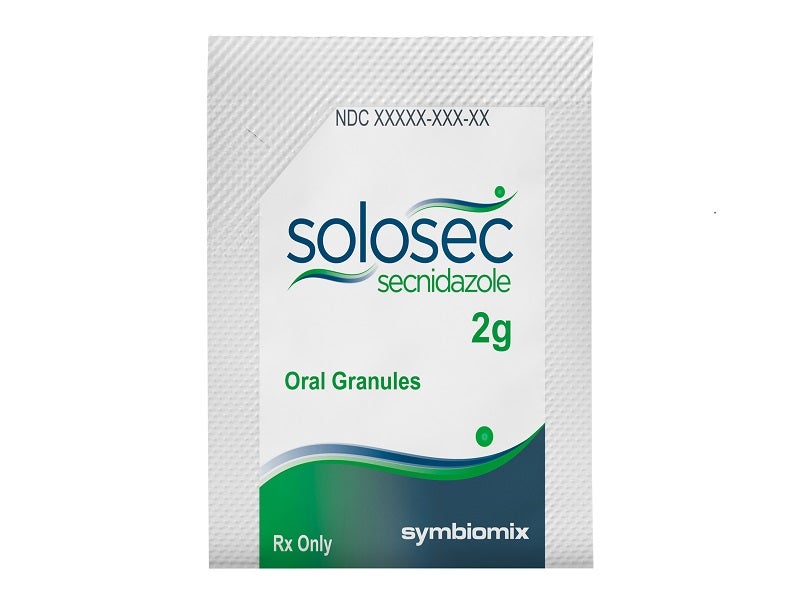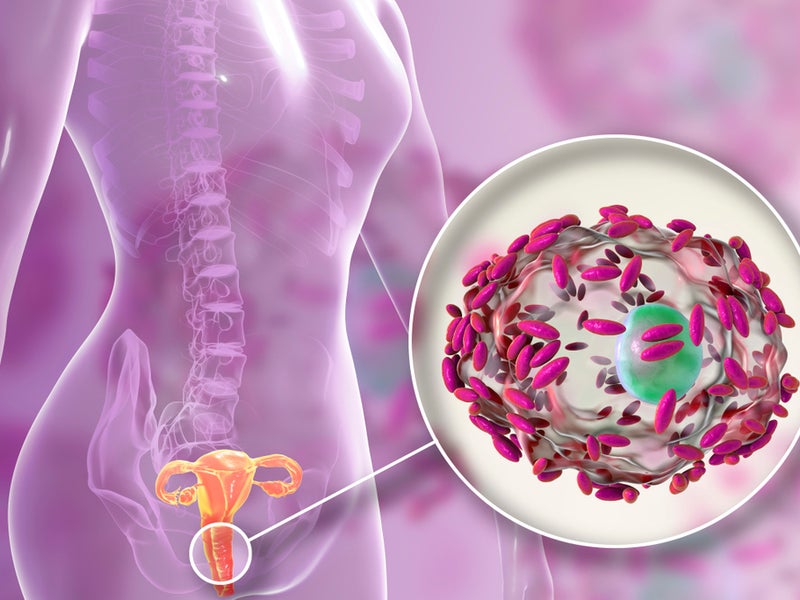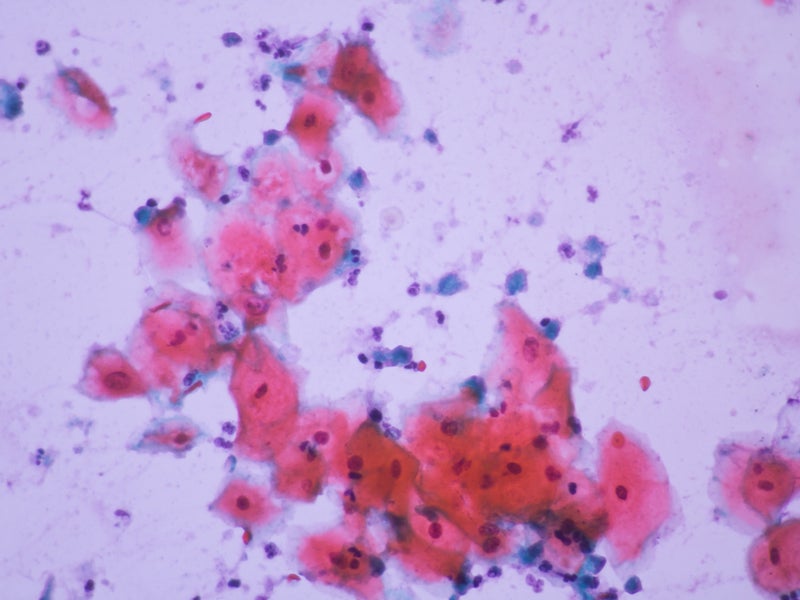Solosec® (secnidazole) is a single-dose oral antibiotic indicated to treat bacterial vaginosis in female patients aged 12 years and older, as well as trichomoniasis in adults. The drug is manufactured and distributed by Lupin Pharmaceuticals and marketed by Exeltis.
Packed in a child-resistant foil packet, each dose of Solosec consists of 4.8g of off-white to slightly yellowish oral granules containing 2g of secnidazole.
The drug was originally developed by Symbiomix Therapeutics, a privately held biopharmaceutical company based in the US.
Lupin acquired Symbiomix in October 2017 and significantly expanded its women’s healthcare portfolio with the inclusion of Solosec.
In January 2022, Lupin signed a promotional agreement with Exeltis, a consolidated pharma company based in Spain, to market Solosec with Exeltis’ existing portfolio of women’s health products. The agreement was intended to enhance value for obstetrician-gynaecologists (OB-GYNs) and their patients.
Regulatory approvals for Solosec
In January 2017, Symbiomix submitted a new drug application (NDA) for Solosec to the US Food and Drug Administration (FDA) for the treatment of adult women suffering from bacterial vaginosis (BV).
The FDA designated Solosec as a qualified infectious disease product (QIDP) for the treatment of BV and granted it fast-track designation, making it eligible for priority review and a minimum of ten years of market exclusivity.
The NDA for Solosec was accepted for regulatory review in March 2017. The FDA approved the use of the drug to treat BV in September that year.
In August 2020, a supplemental new drug application (sNDA) for Solosec (secnidazole) to treat trichomoniasis in adults and adolescents was submitted to the FDA. The filing of the sNDA was accepted in November 2020 and the FDA approved the drug for the treatment of trichomoniasis in July 2021.
Lupin also filed another sNDA for Solosec (secnidazole) to expand its use for both the treatment of BV and trichomoniasis in April 2021. The sNDA was approved by the FDA in February 2022.
Bacterial vaginosis and trichomoniasis causes and symptoms
Bacterial vaginosis (BV) is the most common vaginal infection in females, while trichomoniasis is the most common curable sexually transmitted disease (STD) in the US.
BV is a vaginal infection caused by an overabundance of specific bacteria in the vagina. It occurs when there are more harmful bacteria in the vagina than good bacteria.
The most common symptoms of BV include abnormal vaginal discharge that is watery and white or grey in colour and has a strong fish-like odour. It causes vaginal discomfort or itching along the exterior of the vagina.
Trichomoniasis (trich) is an infection caused by a protozoan parasite called Trichomonas vaginalis. It can increase the chances of contracting or transmitting other STDs.
The symptoms of trich include itching, burning, irritation, redness or soreness of the genitals, as well as pain or burning after urine or ejaculation, and discharge from the penis or vagina.
Solosec’s mechanism of action
Solosec is a 5-nitroimidazole-based antibacterial agent that enters the bacterial and Trichomonas cells where the nitro group is reduced by the nitroreductase enzyme.
The reduction of nitro group results in the production of radical anions and a series of intermediates, thiol depletion, DNA damage, and death of susceptible isolates of Gram-positive and Gram-negative bacteria and T vaginalis.
Clinical trials on Solosec
The FDA’s approval of Solosec was based on three randomised placebo-controlled clinical trials, namely Trial 1, Trial 2 and Trial 4.
Solosec’s efficacy for the treatment of BV was evaluated in Trial 1 and Trial 2, which included 144 and 189 non-pregnant women patients respectively. Clinical outcomes were reviewed 21 to 30 days after a single dose of Solosec.
Trial 2 achieved statistically significant endpoint results on days 7 to 14. In both trials, a statistically significant higher percentage of patients achieved clinical response, Nugent score cure and therapeutic response after a single dose of Solosec compared with placebo.
Solosec’s efficacy in treating trichomoniasis was evaluated in the multi-centre, prospective, delayed treatment, double-blind Trial 4.
The trial enrolled 147 female patients, who were randomly assigned to receive either a single 2g oral dose of Solosec or a placebo.
The modified intent-to-treat (mITT) group included all randomised patients cultured positive for T vaginalis but negative for other STDs.
Baseline clinical symptoms of vaginal itching, discharge, or odour were observed in 84.7% (n=111) of the patients. The test of cure (TOC) visit occurred six to 12 days after the initial dosing. Patients received the opposite therapy at the TOC visit, with a follow-up visit seven to 12 days later.
The Solosec therapy group had a considerably greater microbiological cure rate (92.2%) at the TOC visit compared with the placebo group.
The most common adverse reactions observed with Solosec included vulvovaginal candidiasis, headache, nausea, dysgeusia, vomiting, diarrhoea, stomach pain, and vulvovaginal pruritus.






